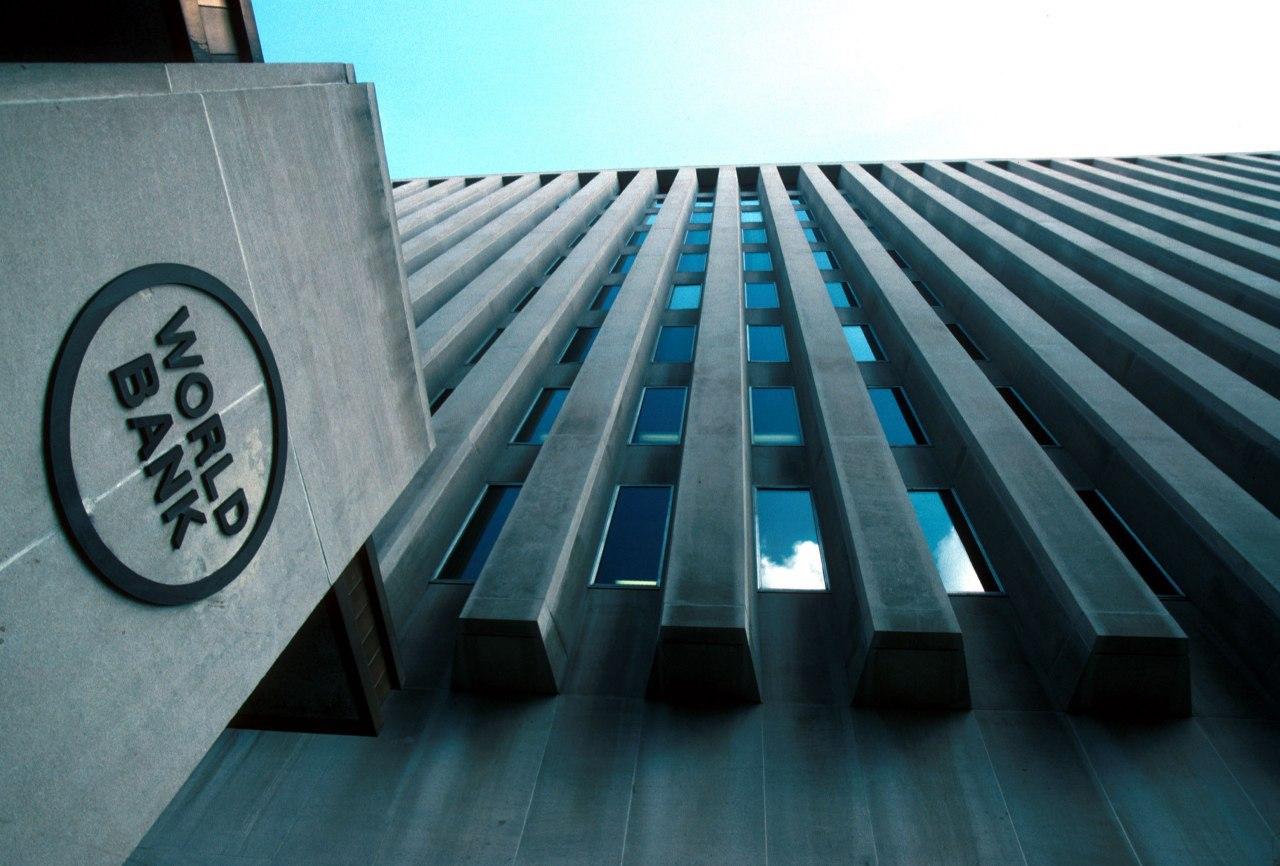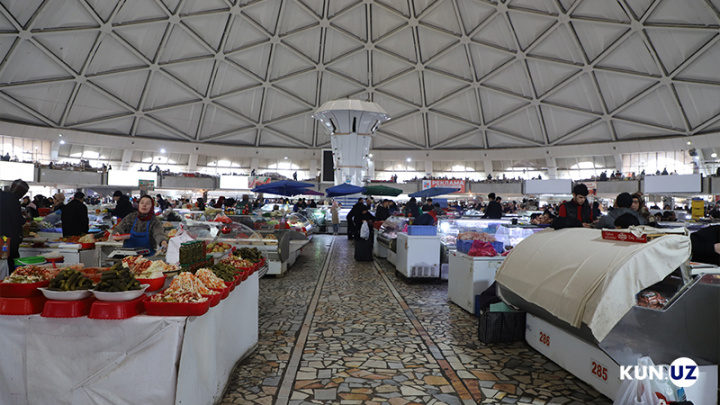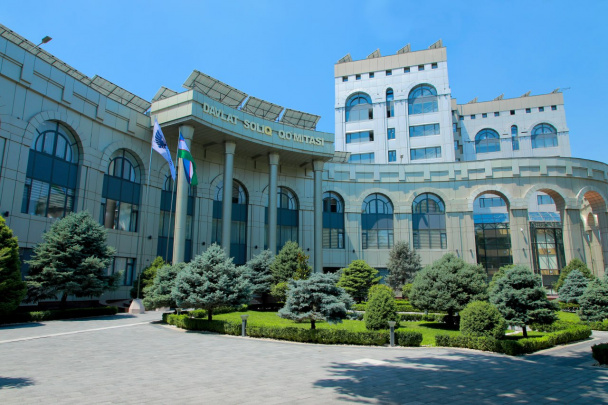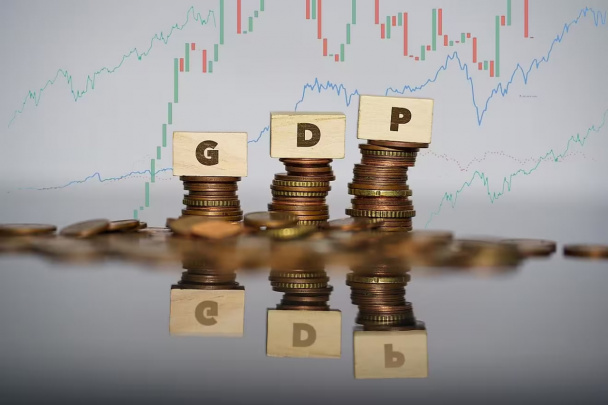World Bank: Uzbekistan’s economy grew by 5.5% in 2023
The World Bank predicted that the GDP growth of Uzbekistan will remain at the same level of 5.5% in 2024 and 2025. Experts listed such factors as the wars in the Middle East and Ukraine and the further slowdown of economic growth in China as threats to the economy of Central Asia.

Photo: Getty Images
The World Bank has announced the next issue of the “Prospects of World Economic Development” report.
According to the report, economic growth in Europe and Central Asia increased from 1.2 percent in 2022 to 2.7% in 2023. The acceleration of growth was attributed to the expansion of domestic demand, a stable situation in the labor market and renewed growth in Russia and Ukraine.
However, excluding Russia, Ukraine and Turkey, economic growth in the ECA region slowed significantly to 1.8% last year. In particular, the slowdown affected 78% of the region’s economies.
Due to the impact of weak external demand in the Eurozone, the decrease was significant in Central Europe (growth – 0.7%) and in the Western Balkans. Also, economic growth slowed down in the South Caucasus, but accelerated in Central Asia. In Armenia, Kyrgyzstan, and Tajikistan, remittance flows played an important role in supporting demand.
Economic growth indicators have returned to positive dynamics in Eastern Europe as well. In Ukraine, the growth rate was 4.8%. But the country’s output in 2023 remains 30% below pre-war levels.
Inflation has moderated in the region as energy and food price pressures eased, but numbers remain above targets in most countries.
Forecasts
Economic growth in the ECA region is forecast to decrease to 2.4% in 2024, and to increase to 2.7% in 2025. The main factor is the increase in private consumption and the gradual recovery of the Eurozone economy.
However, the uncertainty caused by Russia’s invasion of Ukraine will play an important role in determining the regional outlook. Excluding these two countries, the growth rate in the region may accelerate to 3.1% this year and 3.7% in 2025.
Most ECA countries are likely to continue to ease monetary policy amid lower inflation. However, banking analysts say that the expected budget consolidation will close these prospects.
Growth in the region is expected to be lower than pre-pandemic trends due to the ongoing effects of the pandemic and Russia’s invasion of Ukraine. The rate of convergence of per capita income in the ECA region is projected to be slow, with the average per capita income in 2025 being only 24% of the EU level.
Economists of the World Bank expect the GDP growth of Uzbekistan to remain at the same level of 5.5% in 2024 and 2025.
Risks
Escalation of conflict in the Middle East could lead to higher energy prices, tightening financing conditions and negative effects on confidence levels.
Geopolitical risks in the region are high, including an escalation of the conflict caused by Russia’s invasion of Ukraine, which could add to already heavy human and economic losses. In the face of higher-than-expected inflation, tighter monetary policy can be maintained for a long time.
A slower-than-expected economic recovery in the eurozone, the region’s main trading partner, will also weigh on activity in the region. In addition, a further slowdown in economic growth in China or a sharper-than-expected reduction in remittances from Russia could create negative externalities for the countries of Central Asia and the South Caucasus.
In addition, the delay in EU aid funds creates another risk affecting economic growth in Central Europe.
Recommended
List of streets and intersections being repaired in Tashkent published
SOCIETY | 19:12 / 16.05.2024
Uzbekistan's flag flies high on Oceania's tallest volcano
SOCIETY | 17:54 / 15.05.2024
New tariffs to be introduced in Tashkent public transport
SOCIETY | 14:55 / 05.05.2023
Onix and Tracker cars withdrawn from sale
BUSINESS | 10:20 / 05.05.2023
Latest news
-
MP slams Employment Ministry as 74,000 budget-funded trainees remain jobless
POLITICS | 19:12 / 10.05.2025
-
Agriculture Ministry comments on soaring meat prices, claims meat in Uzbekistan is cheaper than in neighboring countries
SOCIETY | 17:17 / 10.05.2025
-
Uzbekistan and ADB to launch 23 new projects worth $3.6 billion
SOCIETY | 16:24 / 10.05.2025
-
Banks in Uzbekistan earn 3.41 trillion UZS in Q1, NBU leads the pack
SOCIETY | 16:02 / 10.05.2025
Related News

16:01 / 10.05.2025
Foreign exchange reserves of Uzbekistan surpass $49 billion as securities triple

15:32 / 01.05.2025
Monthly inflation slows in Uzbekistan, but service costs and utility tariffs push costs up

13:58 / 01.05.2025
VAT refund volume drops by 13% in Q1

19:59 / 30.04.2025



